
Obesity in cats and dogs is becoming a major problem and a cause for concern. There are many health problems associated with obesity. But before putting your cat or dog on a diet, see your vet and ...
Obesity in cats and dogs is becoming a major problem and a cause for concern. There are many health problems associated with obesity.
But before putting your cat or dog on a diet, see your vet and make sure there are no medical contributing factors. Sometimes a medical condition such as a thyroid problem can cause obesity. And arthritic pets suffer more carrying extra weight.
As pet owners, we have to take responsibility for feeding our pets properly. Pets should have specific feeding times. Leaving food out all the time contributes to obesity. I feed my pets twice a day, breaking in two their daily portions. If after 1/2 an hour, they are not interested, I refrigerate and save the food for the next feeding time. Breakfast is between 6-7 A.M. and dinner is between 5-6 P.M.
We love our pets and find their begging looks irresistible. But too many treats or table scraps can contribute to overweight. This doesn't mean your pet shouldn't have treats. Just be sure to count them in your pet's daily calories.
Lack of or too little exercise is another contributing factor. Our pets need stimulation and playtime. Increase exercise if necessary. Interactive activities also create a closer bond with your pet.
If you home cook your pet's meals, you can control amounts of carbohydrates and fat easily. There are also many high quality prepared pet foods that are low in carbs and fat. My vet suggests feeding 10% less of what you normally give your cat or dog each day.
Always check with your vet before making any changes in your pet's diet.
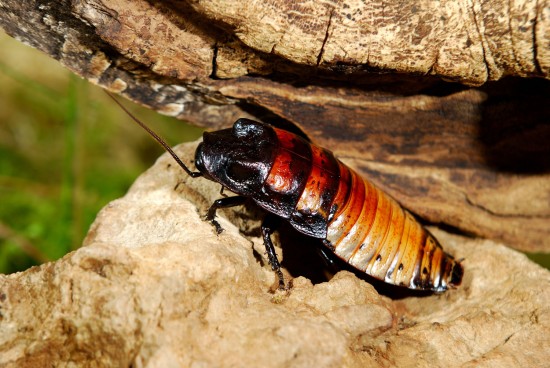 Unusual Pets - The Madagascan Hissing Cockroach
Unusual Pets - Th
Unusual Pets - The Madagascan Hissing Cockroach
Unusual Pets - Th
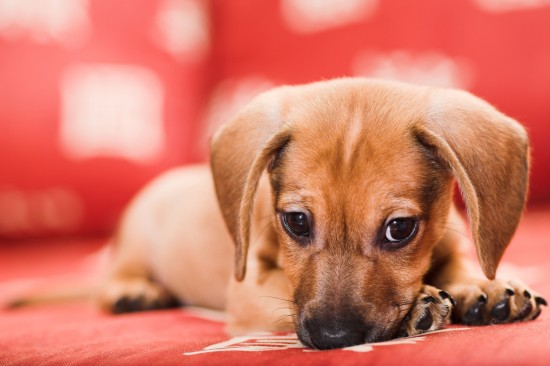 Keeping Your Dog Off The Furniture
Keeping Your Dog
Keeping Your Dog Off The Furniture
Keeping Your Dog
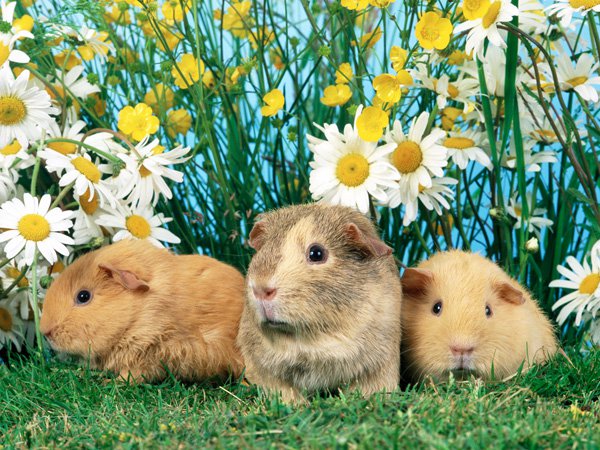 Top 5 Reasons to Keep Birds off the Balcony
Top 5 Reasons to Keep Birds off the Balcony
Bi
Top 5 Reasons to Keep Birds off the Balcony
Top 5 Reasons to Keep Birds off the Balcony
Bi
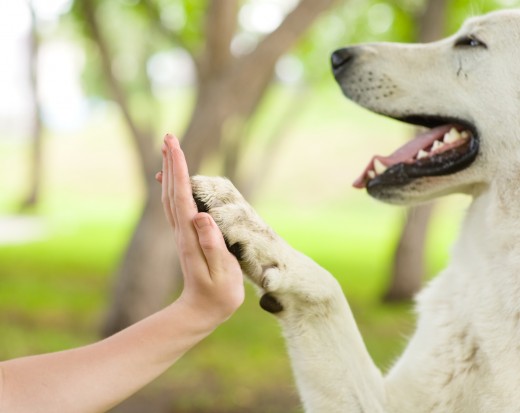 Ways In Which The Dewclaws Can Serve An Important Purpose For The Dog
Ways In Which The
Ways In Which The Dewclaws Can Serve An Important Purpose For The Dog
Ways In Which The
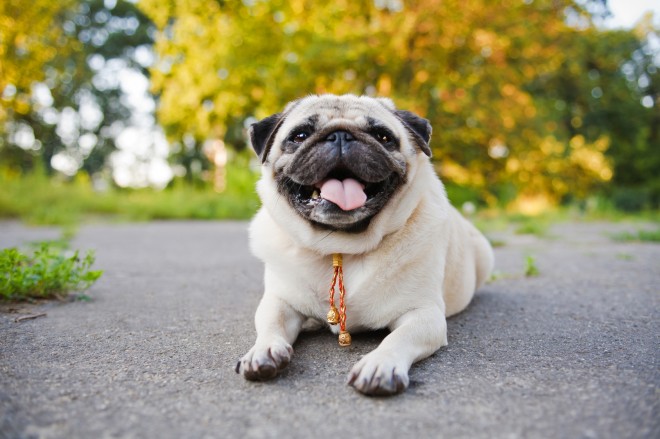 Ways To Exercise A Dog When You Are Out Of Action
Ways To Exercise
Ways To Exercise A Dog When You Are Out Of Action
Ways To Exercise
Copyright © 2005-2016 Pet Information All Rights Reserved
Contact us: www162date@outlook.com